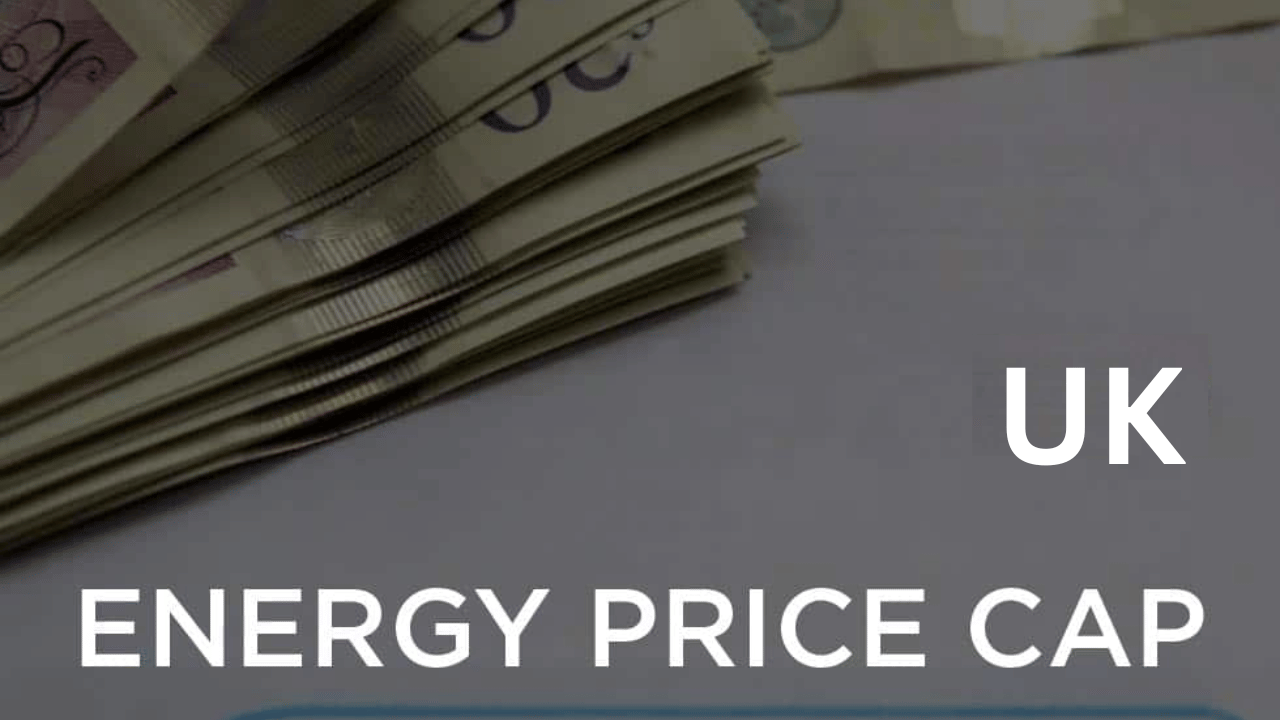In 2019, the government introduced the Energy Price Cap to protect families from excessive energy costs. For the consumers, the UK’s energy market has always been a concern which particularly regarding the increasing energy prices.

The energy cap is defined as the maximum amount of energy supplies which can charge you are charged for each unit of energy, and a standing charge if you are on a standard variable tariff.
The energy price cap is set at £1,755 per year for a typical family using electricity and gas, and pays by Direct Debit between 1 October and 31 December 2025. As compared to the cap set between 1 July to 30 September 2025 (£1,720), it is an increase of 2%.

According to Christine Farnish (former Ofgem non‑executive director), “she resigned because she disagreed with the decision to change the cap to allow suppliers to recoup certain wholesale costs sooner, a measure she said would “add several hundred pounds to everyone’s bill to support several suppliers.”
According to the Energy Price Cap, the suppliers do not charge the customer more than a certain limit for the energy usage. Every three months, i.e., January, April, July, and October, the cap changes.

UK energy price cap: Overview
| Article On | UK energy price cap explained. |
| Department | Ofgem |
| Program Name | Energy Price Cap |
| Rise | 2% in October |
| Date | 1 October to 31 December 2025 |
| Amount | £1,755 |
| Category | News |
| Official Website | ofgem.gov.uk |
UK energy price cap: How does the Energy Price Cap Work?
Based on factors like policy costs, network charges, wholesale energy prices, supplier profit margins, and operating costs. For any change in these variables, it is reviewed and updated every three months to account.
In 2025, the Energy Price Cap will help to limit how much the families can be charged for their energy consumption by suppliers. This cap will differ depending on aspects like region and the sort of tariff a consumer is on.

The purpose is to offer cost certainty and a shield for consumers against unexpected price climbs while letting suppliers cover their costs and remain profitable.
UK energy price cap: What is covered?
If you pay for electricity and gas by any of the modes, then you are covered by the price cap-

- Direct Debit
- Prepayment meter
- Economy 7 (E7) meter
- Standard credit (payment mode when you get your electricity and gas bill).
UK energy price cap: Electricity and gas unit prices
| Energy price cap per unit and standing charge (1 July to 30 September 2025) | Energy price cap per unit and standing charge (1 October to 31 December 2025) | |
| Electricity | 25.73 pence per kWh 51.37 pence daily standing charge | 26.35 pence per kWh 53.68 pence daily standing charge |
| Gas | 6.33 pence per kWh 29.82 pence daily standing charge | 6.29 pence per kWh 34.03 pence daily standing charge |
SNAPSHOT Table: Current Energy Price Cap Rates
As of now, under the current Price Cap, a usual household pays by Direct Debit of £1,720. The variable tariffs are affected by the cap, so anyone who is on the fixed tariff won’t be affected by the Energy Price Cap and the fluctuation if they are still on the tariff.
| Energy Price Cap Rates | |
| 1 Oct – 31 Dec 2023 | £1,834(down 7% form £1,976 previously) |
| 1 Jan – 31 Mar 2024 | £1,928 (Up 5%) |
| 1 April – 30 June 2024 | £1,690 (down12%) |
| 1 July -30 Sept 2024 | £1,568 (down 7%) |
| 1 Oct – 31 Dec 2024 | £1,717 (up 10%) |
| 1 Jan – 31 Mar 2025 | £1,738 (up 1%) |
| 1 Apr – 31 Jun 2025 (current period) | £1,849 (up 6%) |
| 1 Jul – 30 Sep 2025 | £1,720 (down 7%) |
| 1 Oct – 31 Dec 2025 | £1,755 (up 2%) |
UK energy price cap: Energy Price Cap level dates
Every three months, the price cap level is reviewed and updated. The levels for the next period are announced by
- 25 November 2025-period 1 January 2026 to 31 March 2026.
- 25 February 2026 – period 1 April 2026 to 30 June 2026
- 27 May 2026 – period 1 July 2026 to 30 September 2026
Jonathan Brearley, CEO at Ofgem, had his say: “We know that no price rise is ever welcome, and that the cost of energy remains a huge challenge for many households. But our reliance on international gas markets leads to volatile wholesale prices, and continues to drive up bills, which is why it’s more important than ever that we’re driving forward investment in a cleaner, homegrown system.”
UK energy price cap: How families can Step Ahead?
There are several which the families can do to manage the bills under the price cap-
- Track your usage: The cap doesn’t protect heavy users. Keeping an eye on smart meter data helps.
- Switch payment methods: Direct debit is usually cheaper than paying on receipt of the bill.
- Check fixed deals: Occasionally, suppliers offer fixed tariffs below the cap. These can save money if prices rise again.
- Energy efficiency: Simple changes like LED bulbs, insulation, and smart thermostats can reduce your usage and bills.
- Government help: Check if you qualify for schemes like the Warm Home Discount or Winter Fuel Payment
FAQs
Who is responsible for setting the energy price cap?
The UK’s energy regulator, OFGEM, set the cap to ensure families pay a fair price for the default energy tariffs.
Is the price cap applied if one has a fixed tariff?
No, the price cap is not applied to a fixed tariff. However, some of them are priced competitively to reflect the market trends.
What is the reason behind the high standing charges?
This is because it covers supplier operations, meter maintenance, and network costs. According to the critics, they unfairly penalize the low users.
Is there a chance that the cap could disappear in the future?
OFGEM is reviewing it on a long-term basis. Some stated that the competition should set the prices; however, others have to see the cap as a necessity for consumers.
When will the next change in the price cap take place?
In January 2026, the next update is due. The cap is reviewed on a quarterly basis.

